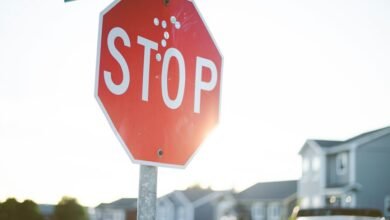2504487407 – Peak Traffic Volume

Peak traffic volume, marked by the identifier 2504487407, serves as a pivotal measure in urban traffic analysis. It reflects daily variations in vehicle movements, shaped by factors such as geographic location and demographic trends. Recognizing these patterns is crucial for pinpointing areas of congestion. This understanding lays the groundwork for urban planners to formulate effective strategies. However, the implications of these findings extend far beyond basic traffic management. What further insights might emerge from a deeper analysis?
Understanding Peak Traffic Volume
Understanding peak traffic volume is essential for effective urban planning and traffic management.
Analyzing traffic behavior reveals significant volume fluctuations throughout the day, influenced by factors such as time, location, and socio-economic conditions.
Measuring Traffic Patterns
Analyzing traffic patterns involves the collection and interpretation of data related to vehicle movement over time.
Effective traffic analysis requires systematic data collection methods, including sensors and cameras, to capture real-time information.
This data reveals trends in traffic flow, peak hours, and behavioral patterns, enabling urban planners and policymakers to make informed decisions that enhance mobility and support the community’s freedom of movement.
Identifying Congestion Hotspots
While traffic data provides valuable insights, pinpointing congestion hotspots requires a meticulous approach to data analysis.
Analysts must examine various congestion causes, such as road design, traffic volume, and behavioral patterns. By identifying these critical areas, effective traffic solutions can be implemented.
This targeted strategy not only alleviates congestion but also fosters a more efficient and liberated commuting experience for all road users.
Implications for Urban Planning and Commuting
Identifying congestion hotspots provides a foundation for rethinking urban planning and commuting strategies.
Enhanced public transportation systems can alleviate traffic pressures, promoting greater mobility in high urban density areas.
Conclusion
In conclusion, while peak traffic volume, as exemplified by identifier 2504487407, serves as a beacon for urban planners, it ironically underscores the very congestion issues they strive to mitigate. The fluctuations in vehicle movement, rather than being mere statistics, reveal a paradox: the more data they collect, the more entangled cities become in the chaos of their own ingenuity. Thus, in the quest for efficient commuting experiences, urban planners find themselves navigating a labyrinth of their own making.




